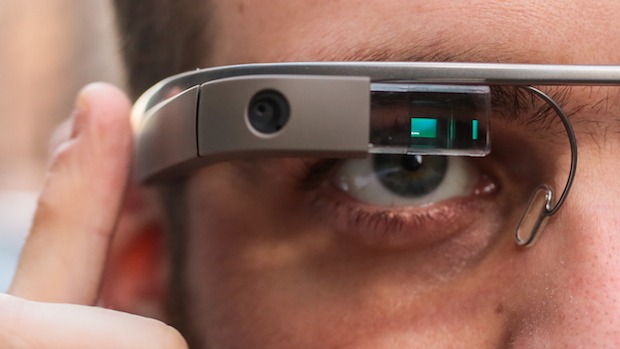The problem with wearables


You may have seen Google Glass, smartwatches, and Bluetooth jewelry that flash to indicate information is available to the wearer. All of these are products deemed as wearables, tech-enabled doodads that you wear as daily accesories. It seems companies are racing to get wearable tech to market, and it's expected a few products will be announced at the CES in Vegas this week.
With all the recent activity with wearables, you'd think consumers are waiting to snap them up and hit the streets wearing one device or another. Some no doubt will do just that, but history tells us that might not happen.
Remember the lowly Bluetooth headset that used to be in ears all over the place? These gizmos were early examples of wearable tech that did what they were designed to do, and in many cases did it well. That's why it was common to see them all over the place, inserted in consumers' ears to let them interact with their phone which could remain in the bag or pocket.
DON'T MISS: Google Glass Corporate Policy template from Tech Pro Research
I used them heavily and I wasn't alone. The ability to go through a mobile day with the phone put away was useful. It was solid wearable tech before wearable was even a thing.
So the first example of wearable technology has pretty much gone away, and likely due to the same hurdle that will affect most new wearables.
Things changed over time as the Bluetooth headset largely disappeared. Not completely, a few hardy souls still use them today. They are the exception rather than the rule, and this spells trouble for new wearables that are starting to appear.
So what happened with the Bluetooth headset? Those I have asked about it usually give a common reason for shelving their headset. They cite a negative reaction they regularly got from those around them. It wasn't difficulty or failure to get good utility that doomed the Bluetooth headset, it was how people around them reacted to the gizmo sticking out of their ear that created the problem.
It didn't help that most headsets looked dorky, and that played a role in how people reacted to them. I'm told that many settings where a headset was most useful were ones that others were most uncomfortable to see them in use. It was sort of like always fiddling with the phone when you were supposed to be interacting with others. People don't like to think that those they are interacting with aren't paying attention.
So the first example of wearable technology has pretty much gone away, and likely due to the same hurdle that will affect most new wearables. Take Google Glass, even supporters like Robert Scoble, the famous man in the shower, are getting more circumspect with this wearable device.
ZDNet's own Zack Whittaker has been trying to deal with the "Glasshole" effect, specifically how to deal with the negative reaction from others when he shows up wearing Google Glass. Wired's Mat Honan reported on the experience of wearing Google Glass for a year, and his comment is a big indicator of the lurking problem with most wearables:
My Glass experiences have left me a little wary of wearables because I’m never sure where they’re welcome. I’m not wearing my $1,500 face computer on public transit where there’s a good chance it might be yanked from my face. I won’t wear it out to dinner, because it seems as rude as holding a phone in my hand during a meal. I won’t wear it to a bar. I won’t wear it to a movie. I can’t wear it to the playground or my kid’s school because sometimes it scares children.
While Google Glass is very obvious since it sits on your face, it's no more obvious than the Bluetooth headset of old. While the latter won't generate such immediate negative reactions as the wearable from Google, previous users told me that knee-jerk reaction they also got played a role in their putting the headset away for good.
CES 2015 Preview
This negative reception will likely not be restricted to Google Glass. Smartwatches might get them too if consumer adoption grows. Imagine seeing folks around a conference table constantly checking their watch to see incoming messages. It's always been annoying to think meeting attendees are overly concerned about the time, think how much worse that negative reaction will be if fellow attendees think that others' smartwatches are stealing attention.
Most wearables work by connecting to either the web or another personal device. They interact with notifications and other functions of said device to prevent the user from pulling it out of the pocket. Wearables tend to look dorky which already creates a negative impression to those around the user, and that reaction is even worse as the wearable steals the owner's focus from those around him/her.
The popularity of the useful Bluetooth headset was short-lived, and we may see the same thing with the "new" wearables beginning to appear. Consumers are less likely to adopt them if they fear a negative reaction in public for wearing them. That shiny wearable may end up in that drawer where forgotten gadgets go to die.
Also read: